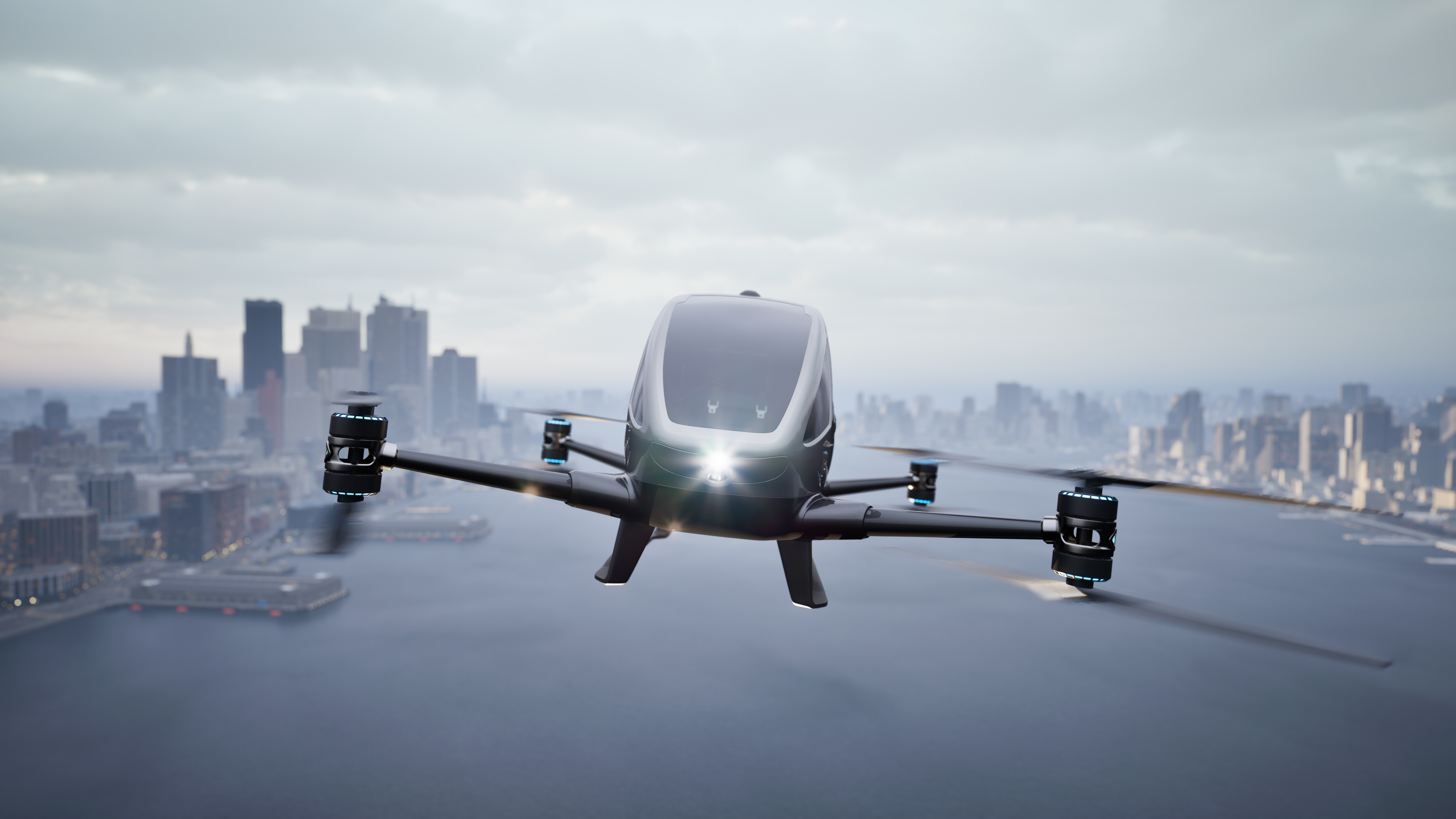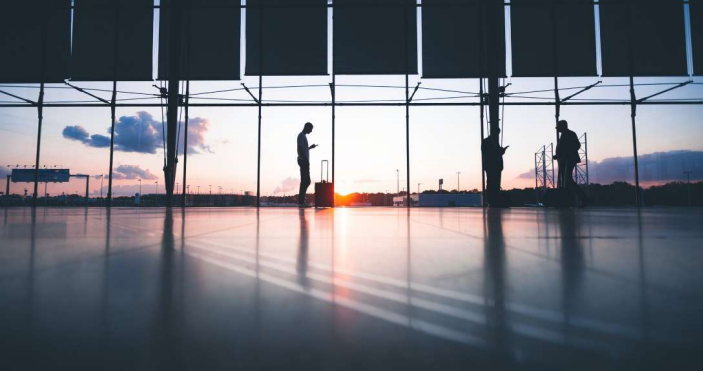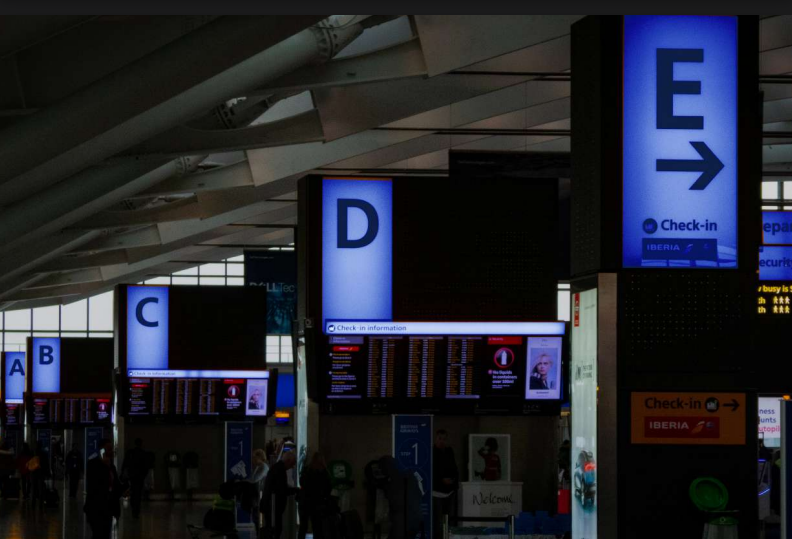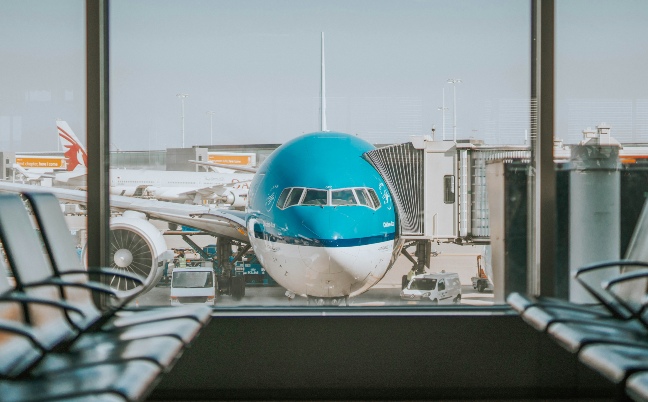Southeast Asia has huge potential for adopting urban air mobility (UAM) and various nations are putting in place the framework to adopt UAM for passengers, as well as transportation of goods. For example, in October 2022 the Civil Aviation Authority of Singapore (CAAS) signed a landmark agreement with the European Union Aviation Safety Agency (EASA) for the two bodies to collaborate on advancing the urban air mobility market in the city-state. The agreement, which is the first transnational UAM agreement of its kind for the country, will help regulate safety regulations and share personnel training standards, as well as develop strategies to familiarize the public with the benefits of urban air mobility.
While Singapore is taking the lead to advance the adoption of UAM in Southeast Asia, the rest of the region has yet to implement concrete steps towards utilizing this form of mobility. While suppliers and vendors may be prepared with the promising technologies to enter the market, Southeast Asian countries need to consider various factors before urban air mobility can become mainstream.
Market Entry Considerations for UAM in Southeast Asia
YCP Solidiance Singapore Partner Janesh Janardhanan, who works with companies in the aerospace industry, emphasizes that there are ample potential uses for UAM in Southeast Asia, pointing towards the examples of archipelagos such as the Philippines and Indonesia that could make great use of UAM in hard-to-reach areas for healthcare, logistics, and even passenger transport. However, he also recognizes that making UAM solutions more acceptable for regulators and affordable for the public at large are important before the industry can take off in the region.
Companies need to benchmark the readiness of a specific city or country to allow UAM solutions. The key points to consider while benchmarking readiness include consumer acceptance and policy & legislation.
Having strong use cases to bring healthcare and logistics connectivity can be a strong incentive for regulators and the public to view UAM in a positive light, and provide avenues for gaining wider public acceptance. It may be important to explore public sector use cases (such as with the Ministry of Health, Department of Transport, and in disaster rescue) and secure necessary permissions before large-scale private sector adoption. Countries will also need to define UAM green zones, no-fly zones, training requirements, and define policies around safe usage of UAMs to provide the framework for industry to accelerate adoption.
Governments, both national and regional, also need to assess the readiness of a particular city or location in terms of takeoff and landing locations, flight routes, and demarcate specific areas for UAMs that do not interrupt other air traffic or disrupt urban transportation. For example, each takeoff and landing pad for UAMs can cost upwards of 200,000 USD just to build in urban settings.
Lastly, to help promote UAM awareness and acceptance, the public sector and government-owned corporations could take the lead in advancing the adoption for mission critical uses. For example, national postal and logistics companies could explore using UAM solutions for accessing hard-to-reach pockets of population.
YCP Solidiance can aid companies looking to enter the UAM market in Southeast Asia by helping navigate the long and complex entry process from benchmarking the readiness of specific countries and cities, assessing the financial feasibility, all the way to handling the government processes. YCP Solidiance can also assist regulators and government agencies lay out policies for adoption of UAMs and facilitate roadmaps for industry development and adoption. We also help private equity (PE) firms and venture arms of corporations to conduct due diligence and facilitate investment into UAM companies.
For more insights into the growth of aerospace and mobility in Southeast Asia, subscribe to our newsletter here.







